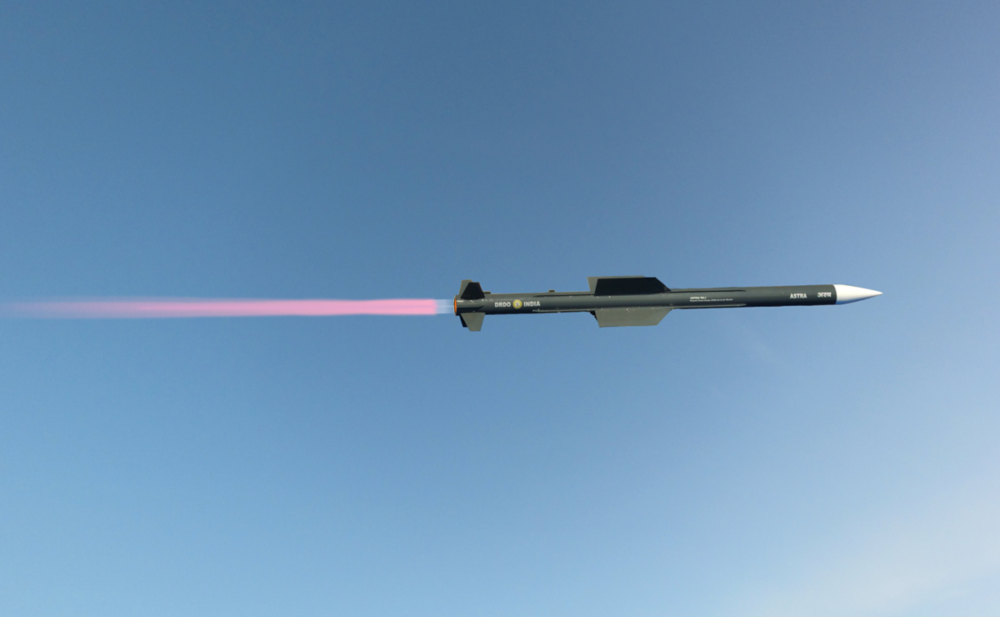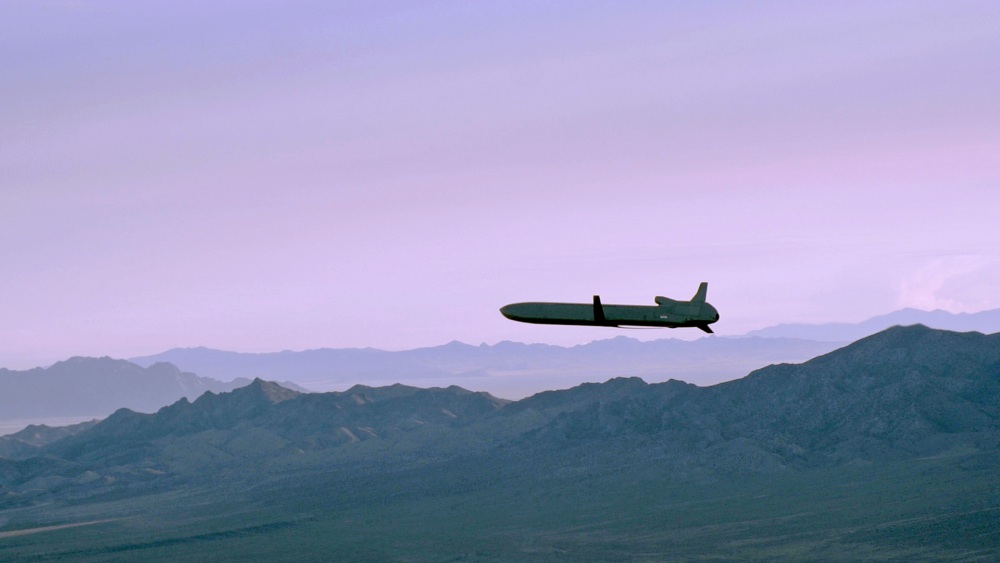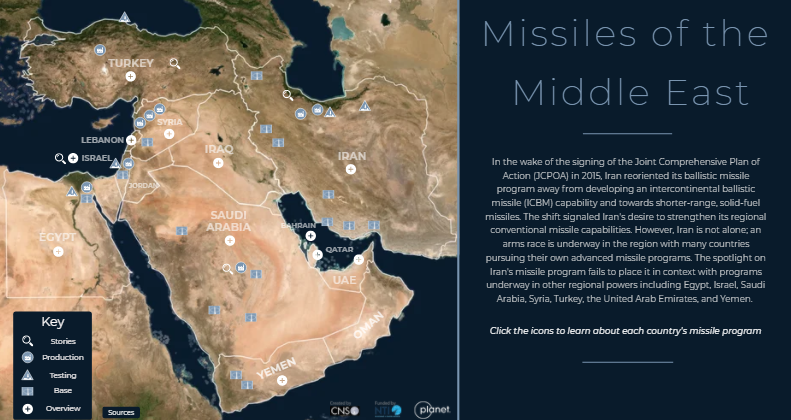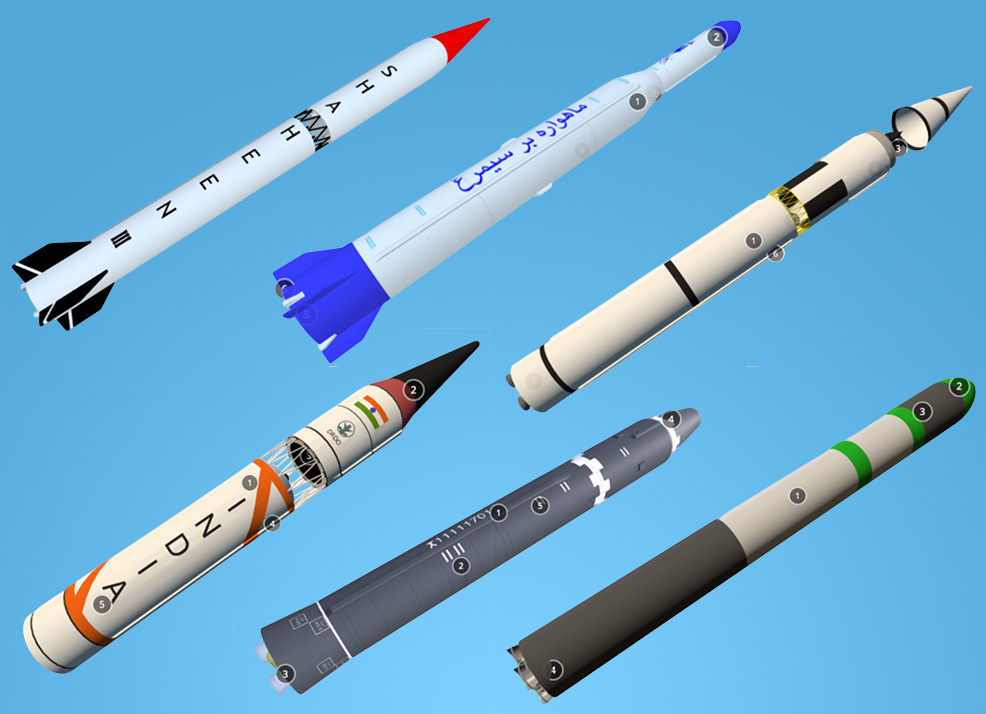
Shea Cotton
Senior Research Associate, The James Martin Center for Nonproliferation Studies
The February 2019 Crisis between India and Pakistan was the most recent flare-up in a decades long dispute over control of Kashmir. Over the course of the crisis, Indian jets bombed targets in Pakistan and Pakistan shot down an Indian Air Force plane; the crisis culminated when India threatened to launch a missile strike against Pakistan. While threats of missile strikes are not new, advances in cruise missile technology and their growing role in both states’ arsenals suggests the arms race between India and Pakistan is entering a dangerous new phase. Cruise missiles, in contrast to ballistic missiles, are self-propelled guided missiles that can travel at low altitudes along pre-programmed flight paths, making them harder to detect. 1 Missile test data compiled by the James Martin Center for Nonproliferation Studies (CNS) shows that a growing proportion of missiles tested by both India and Pakistan are cruise missiles. Interestingly, the test data reflects norms that have developed around ballistic missile testing to prevent miscalculation or accidental escalation during a conflict. A similar set of norms has yet to emerge for cruise missile testing, increasing the risk of misunderstanding and raising the potential for disaster during a crisis.
India and Pakistan are investing heavily in cruise missiles, a trend that is clearly reflected in the missile testing activity of both countries. In India, cruise missiles account for about 19 % of all missile flight tests since the first recorded flight test of the BrahMos in 2001. Cruise missiles account for about 30% of all Pakistani flight tests since it unveiled its first cruise missile in 2005. Notably, in 2009, 2011, 2016, and 2018, Pakistan only carried out cruise missile tests to the exclusion of all other longer-range missiles. In contrast, Iran and North Korea have conducted less than a dozen cruise missile tests between the two countries over their entire histories of missile testing.
The number of developmental tests for cruise missiles hints at how important the systems are to India and Pakistan. It is reflective of views within India and Pakistan that cruise missiles have a growing strategic role, especially in the context of expanding the sea-based leg of their respective nuclear triads. After a Babur-3 (submarine-launched cruise missile) test on 9 January 2017, the Pakistani official statement said that it “will provide Pakistan with a Credible Second Strike Capability, augmenting deterrence.” 2 Similarly, following a test of the Shaurya cruise missile in 2010, V.K. Saraswat, the then Defence Research and Development Organization (DRDO) chief and Scientific Advisor to India’s Defense Minister, stated that India had “designed the Shaurya so that it can be launched from under water as easily as from land…the underwater leg of the nuclear triad needs to be totally reliable…” 3
These statements from India and Pakistan on their cruise missiles illustrate that each intends for cruise missiles to play a direct role as nuclear weapon delivery systems. However, cruise missiles can deliver conventional payloads as well. Additionally, there are a different set of norms surrounding their use. Ballistic missiles rarely fill a role other than nuclear delivery systems. Cruise missiles, however, often are used in conventional strikes. This different set of international norms surrounding their role and the sophisticate systems both sides are developing makes cruise missiles especially tempting tools for policy makers during times of crisis.
A missile strike during the February 2019 crisis could have sparked a nuclear war between India and Pakistan. Neither country has ever used missiles in an operational capacity against one another, despite having several opportunities to do so at the height of military hostilities during past crises. While India and Pakistan have shown a willingness to mobilize troops and conduct airstrikes against each other, they stop short of missile strikes, unlike Iran, which regularly launches missiles at its targets in Syria. This developing norm against ballistic missile use emerged out of steps India and Pakistan have taken to reduce the risk of escalation.
For instance, India and Pakistan tend to refrain from missile testing during crises. Though there have been narrow exceptions, for instance, India and Pakistan conducted missile tests during the 2001-2002 standoff over Kashmir. India conducted an Agni-1 test on 25 January 2002 (shortly after the start of the crisis) and Pakistan conducted three ballistic missile tests on 26 May (towards the end). In some ways this was the exception that helped spawn this norm. India and Pakistan likely realized during the 2001-2002 standoff that signaling with missile tests is a dangerous idea that could quickly spiral out of control. Since then, neither country has conducted tests around crises like the 2008 Mumbai attacks and the recent Balakot crisis in February 2019. In 2005, India and Pakistan negotiated an agreement to notify each other prior to conducting a ballistic missile test. The agreement included provisions in which the pair agreed not to launch missiles within 40 km of or to have missiles impact within 75 km of the international border or Line of Control between the two. 4
While India and Pakistan have made it clear ballistic missiles are primarily nuclear armed, mistrust between the two and an understanding of the inherent nuclear capability of systems, led both to codify rules for ballistic missile testing. Further still, when they do test, India and Pakistan conduct them in a way to minimize the potential for misunderstanding. For instance, Pakistan conducts most of its tests along its coastline, with missiles launched on trajectories headed out to sea. While Pakistan maintains one test site in the north close to the border with India, it appears to launch missiles from the site on trajectories pointed away from India. India is even more cautious. It has conducted almost every test on the opposite side of the country from the Indo-Pakistani border. Its missile tests generally follow trajectories from India’s east coast out into the Bay of Bengal.
The same positive norms that India and Pakistan have developed around the testing and use of ballistic missiles do not exist yet for cruise missiles. The 2005 pre-launch notification agreement excludes cruise missiles despite being negotiated during the early stages of cruise missile development in both countries. This oversight is even more concerning in the context of the rising perception of cruise missiles as an important strategic capability and the rising fear that all cruise missiles are technically nuclear capable. Additionally, Prime Minister Modi’s missile strike comments during the February 2019 Balakot Crisis demonstrated that norms against cruise missile use aren’t strong yet. To reinforce that cruise missiles are just as dangerous and destabilizing as ballistic missiles, India and Pakistan should expand the 2005 pre-launch notification regime to include cruise missile tests. A move like this may seem like a small step, but given the complex and sometimes confused role cruise missiles play in both arsenals it could go a long way to defining clear norms and limiting one avenue for misunderstanding and miscalculation. With the potential for catastrophe, small measures can make big differences.
Your are currently on
Sign up for our newsletter to get the latest on nuclear and biological threats.
Delivery systems―such as ballistic and cruise missiles, combat aircraft, and drones―determine how, when, and against whom a country can use conventional, nuclear, chemical, or biological weapons.
One might be forgiven for solely focusing on Iran’s missiles. And yet, Iran’s missile program does not exist in a vacuum.
Interact with 3D models of ballistic and cruise missiles from China, India, Iran, North Korea, Pakistan, and Russia. Produced by the James Martin Center for Nonproliferation (CNS).



